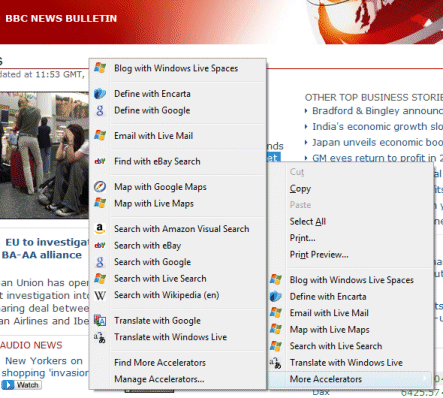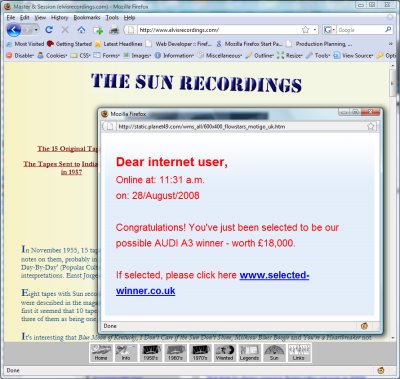Today I viewed David Intersimone’s Live Webinar on what’s new in Delphi 2009, code-named Tiburon.
This is a Win32-only release. I think you will want it (if you use Delphi), if only for the new language-level features: generics, anonymous methods, and unicode strings. I grabbed a few screens from the presentation. Generics:
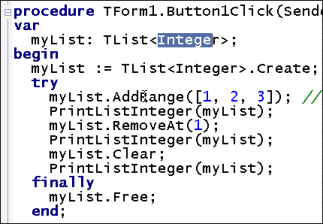
Unicode – here’s the TEncoding class:

and Unicode in action:
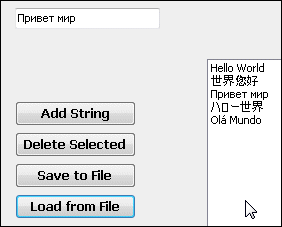
There are also some new components, such as a neat collapsible panel called TCategoryPanelGroup, TBalloonHints, and Office-2007 style ribbon controls.
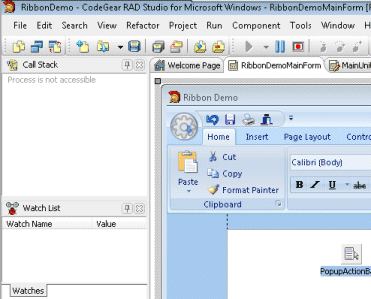
The ribbon controls interested me because I am wary of Microsoft’s Office ribbon patent. CodeGear/Embarcadero seems to be wrapping Microsoft’s controls*, as used by the CMFCRibbon* classes, which as I understand it are not the actual controls used in Office 2007 but share their look and feel. You therefore have to agree to Microsoft’s license for the Fluent UI in order to use the controls.
There are also major changes to the DataSnap middleware but DavidI didn’t go into this much in the presentation.
During the Q&A at the end there were the inevitable questions: what about 64-bit (coming in a later version); what about Mac/Linux (nothing to announce); what about the dreadful online help (errrmmm we’re working on it); what about .NET (coming in a later version). Some of the language changes seem to be making ready for .NET 2.0 compatibility.
No announced release date; but the roadmap shows this as a 2008 release; and if it’s being webinared now that suggests it won’t be too long a wait.
Delphi is still absolutely my favourite Win32 development tool and this should be a strong release. At the same time, it is all rather old-school: win32, native code, fat client. You can do web applications in Delphi, and there is an updated “VCL for the Web” in this release, but why would you?
Nevertheless, if there are any Delphi developers still hanging on to Delphi 7 (the last version with the old IDE), perhaps these important language changes along with what is now a mature new-generation IDE will be sufficient to persuade them to migrate.
*Update: Although DavidI said that Delphi’s ribbon controls wrap Microsoft controls, Nick Hodges says here that this is not the case. He is probably right as I’m not sure what controls Delphi could wrap. If the MFC team could not use the actual Office controls, but had to create its own implementation, then I should think a third party would be in the same position. I wondered if the VCL was actually using the MFC code but I doubt that would be straightforward either. This may be a confusion caused by the licensing requirement.
